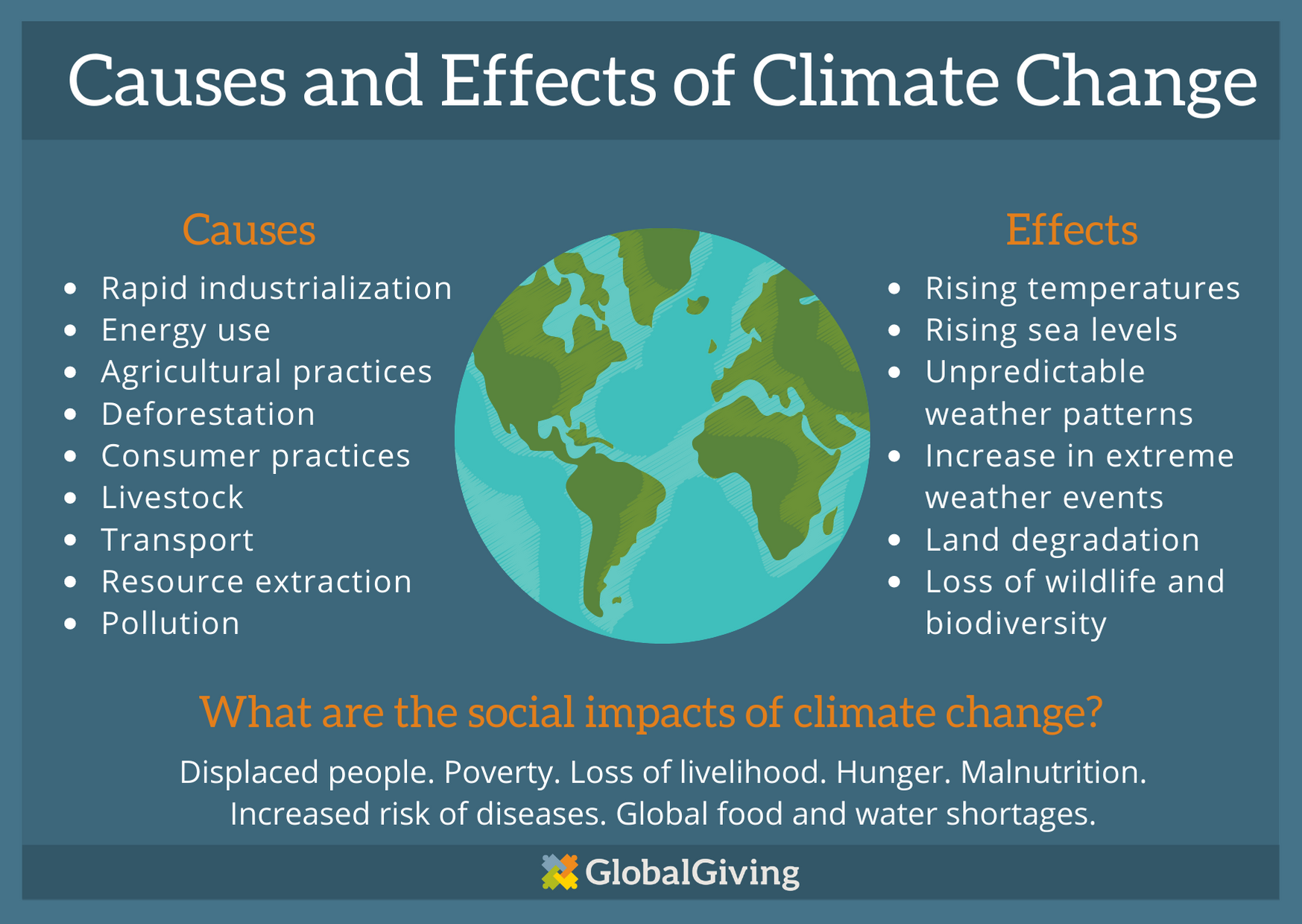Introduction
Climate change is no longer a distant threat; it’s happening right before our eyes. Rising global temperatures, extreme weather events, and the loss of biodiversity are all signs that we are facing a planetary crisis. To address this challenge, we must reduce our dependence on fossil fuels and transition to cleaner, more sustainable sources of energy. One such source with tremendous potential is geothermal energy.
What Is Geothermal Energy?
Geothermal energy is derived from the Earth’s internal heat. It involves harnessing the natural heat stored beneath the Earth’s surface and converting it into electricity or direct heating for various applications. Unlike solar and wind power, which rely on weather conditions, geothermal energy is available 24/7, making it a highly reliable source of renewable energy.
The Many Forms of Geothermal Energy
Geothermal energy comes in several forms, each with its unique applications:
Geothermal Power Plants: These facilities use the Earth’s heat to generate electricity. They tap into high-temperature reservoirs of hot water or steam located deep underground. The steam drives turbines that produce electricity. Iceland, for instance, generates a significant portion of its electricity from geothermal power plants.
Direct Use Applications: In areas where hot water or steam is closer to the surface, direct use applications come into play. This can include district heating, greenhouses, aquaculture ponds, and spas. Direct use applications are widespread in countries like Japan and New Zealand.
Geothermal Heat Pumps: These systems use the Earth’s consistent temperature just below the surface to heat and cool buildings efficiently. They are commonly used for residential and commercial heating and cooling in regions with suitable geological conditions.
Enhanced Geothermal Systems (EGS): EGS technology aims to expand geothermal energy production to regions without naturally occurring high-temperature reservoirs. It involves creating artificial reservoirs by injecting fluids into hot rock formations deep underground, increasing their permeability and heat exchange capability.
The Environmental Benefits of Geothermal Energy
Geothermal energy offers a host of environmental benefits, making it an attractive option for mitigating climate change:
Zero Emissions: Unlike fossil fuels, geothermal energy produces virtually no greenhouse gas emissions during operation. This means it can significantly reduce our carbon footprint.
Minimal Land Footprint: Geothermal power plants require relatively small land areas compared to solar and wind farms, minimizing habitat disruption and land use conflicts.
Baseload Power: Geothermal energy can provide continuous, baseload power, helping stabilize the grid and complement intermittent renewable sources like solar and wind.
Reduced Air Pollution: Geothermal power generation does not release pollutants such as sulfur dioxide, nitrogen oxides, or particulate matter into the atmosphere, improving air quality and public health.
Geothermal Energy Around the World
Geothermal energy is not limited to specific regions; it can be harnessed globally. However, some countries have embraced this energy source more than others:
Iceland: Iceland stands out as a geothermal energy leader, with around 90% of its homes heated using geothermal energy. The country also generates a significant portion of its electricity from geothermal power plants.
United States: The U.S. has vast geothermal potential, primarily located in the western states. Geothermal power plants supply electricity to millions of homes and businesses, making it a valuable part of the nation’s renewable energy portfolio.
Kenya: Kenya has rapidly developed its geothermal resources, contributing to its energy security and reducing reliance on fossil fuels. The Olkaria Geothermal Plant is one of the largest geothermal power facilities in Africa.
Indonesia: Indonesia boasts significant geothermal potential due to its location in the Pacific Ring of Fire. The country is working to tap into this resource to meet its growing energy demands sustainably.
Challenges and Future Prospects
While geothermal energy offers immense promise, it is not without challenges. Some of the key obstacles include:
Resource Availability: Not all regions have accessible geothermal resources, limiting its widespread adoption.
High Upfront Costs: The drilling and exploration required to access geothermal reservoirs can be expensive, deterring investment.
Technological Advancements: Continued research and development are needed to improve drilling techniques, increase energy conversion efficiency, and expand the use of EGS technology.
Policy and Regulatory Support: Governments need to provide incentives and clear regulatory frameworks to encourage geothermal development.
Despite these challenges, the future of geothermal energy looks bright. Advancements in technology, increased awareness of its benefits, and a growing commitment to combat climate change are driving investments and innovation in the geothermal sector.
Conclusion
As we seek solutions to combat climate change and transition to a sustainable future, geothermal energy emerges as a powerful ally. Its abundance, reliability, and minimal environmental impact make it a key player in the fight against global warming. By harnessing the Earth’s natural heat, we can reduce our reliance on fossil fuels and take significant steps towards a cleaner, greener, and more sustainable world. It’s time to tap into the promise of geothermal energy and secure a better future for generations to come.





